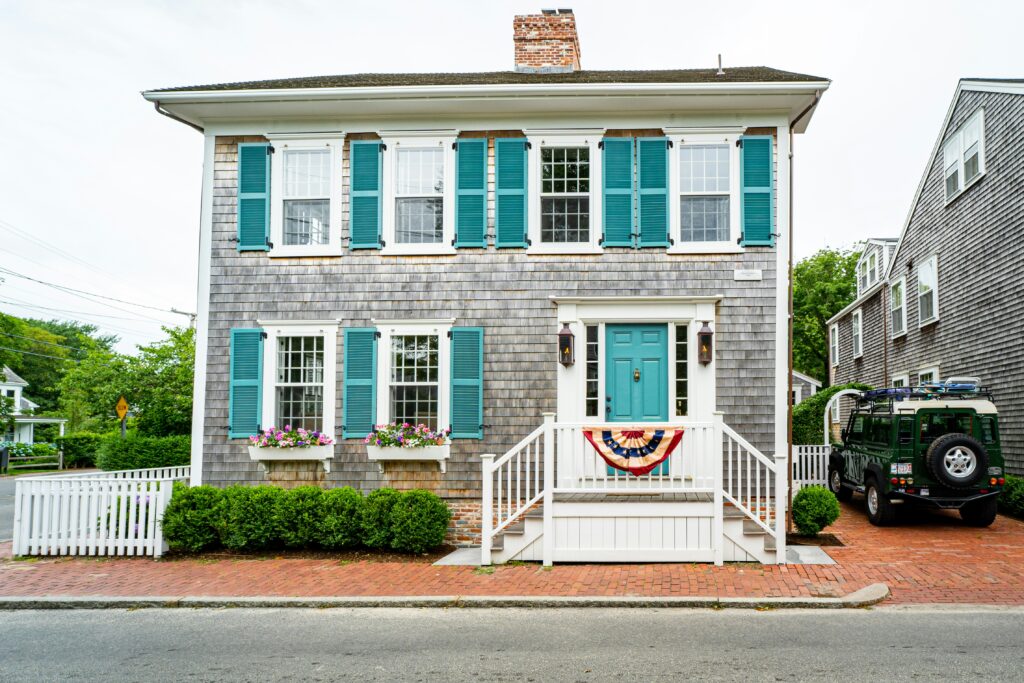
Home Insurance

Overview:
Home insurance provides financial protection for homeowners against damage to their property and belongings due to various risks such as fire, theft, natural disasters, and accidents. It also offers liability coverage for injuries that occur on the property. Home insurance ensures that homeowners can repair or rebuild their homes and replace personal belongings without bearing the full financial burden.
Key Features of Home Insurance:
Dwelling Coverage:
- Covers the cost of repairing or rebuilding your home if it is damaged by covered perils like fire, storms, or vandalism.
- Typically includes the structure of the home, walls, roof, floors, and built-in appliances.
Personal Property Coverage:
- Protects your personal belongings, such as furniture, electronics, and clothing, from covered events like theft, fire, or water damage.
- Can cover the actual cash value (depreciated value) or the replacement cost of items.
Liability Protection:
- Covers legal fees, medical bills, and damages if someone is injured on your property or if you accidentally damage someone else’s property.
- Protects against lawsuits related to accidents that occur on or off your property.
Additional Living Expenses (ALE):
- Covers the cost of living elsewhere if your home becomes uninhabitable due to a covered loss, such as fire or severe weather.
- Includes expenses like hotel stays, food, and temporary housing until repairs are completed.
Other Structures Coverage:
- Provides protection for structures on your property that are not part of the main house, such as detached garages, fences, sheds, and gazebos.
- Covers damage from the same perils that apply to your main dwelling.
Perils Covered:
- Most policies cover specific perils, including fire, windstorms, hail, theft, vandalism, lightning, and water damage from burst pipes.
- Policies may not cover floods, earthquakes, or certain types of water damage unless additional coverage is purchased.
Exclusions:
- Standard home insurance policies typically exclude coverage for floods, earthquakes, mold, wear and tear, and intentional damage.
- Separate policies or riders are required for protection against these excluded perils.
Deductibles:
- The amount you pay out of pocket before the insurance coverage kicks in after a claim.
- Higher deductibles lower your premium but increase your financial responsibility in the event of a claim.
Replacement Cost vs. Actual Cash Value:
- Replacement Cost: Pays the amount needed to replace damaged property or belongings without considering depreciation.
- Actual Cash Value: Pays the depreciated value of the damaged property or belongings at the time of the loss.
Flood Insurance:
- Not typically included in standard home insurance policies, but available as a separate policy for homes in flood-prone areas.
- Covers damage caused by rising water, flooding, and storm surges.
Earthquake Insurance:
- Provides coverage for damages caused by earthquakes, including structural damage and the loss of personal belongings.
- Often purchased as an add-on to standard home insurance policies in areas prone to seismic activity.
Personal Liability for Injuries:
- Protects against claims if a guest is injured in your home or on your property (e.g., slips, falls).
- Includes medical payments coverage, which helps cover immediate medical expenses for injured guests without filing a lawsuit.
Identity Theft Coverage:
- Optional coverage that helps protect against the financial consequences of identity theft.
- May cover legal fees, lost wages, and expenses related to restoring your identity.
Daycare Procedure Coverage:
- Covers treatments and surgeries that do not require an overnight hospital stay, such as cataract surgery, dialysis, or chemotherapy.
- Important as medical advancements have reduced the need for prolonged hospital stays.
Scheduled Personal Property Endorsement:
- Provides additional coverage for high-value items like jewelry, art, antiques, or collectibles, which may have limited coverage under standard policies.
- Often requires an appraisal to determine the value of the items insured.
Ordinance or Law Coverage:
- Covers the cost of bringing your home up to current building codes if you need to rebuild or repair after a covered loss.
- Protects homeowners from the financial burden of complying with updated regulations.
Water Backup Coverage:
- Covers damage caused by water backing up from sewers or drains, or an overflowing sump pump.
- Typically excluded from standard policies but available as an add-on for homes with basements or in flood-prone areas.
Home Business Coverage:
- Provides protection for business equipment, inventory, and liability if you operate a business from home.
- Additional coverage may be necessary for home-based businesses depending on the nature and scale of the operation.
Vacant or Unoccupied Home Coverage:
- Specialized coverage for homes that are vacant or unoccupied for extended periods, which may be excluded from standard policies due to the increased risk of damage or vandalism.
- Useful for vacation homes or homes on the market for sale.
Loss of Use:
- Provides financial compensation if you are temporarily unable to live in your home due to damage from a covered peril.
- Covers hotel costs, dining, and other expenses related to displacement.
Inflation Guard Endorsement:
- Adjusts your dwelling coverage limits automatically to keep pace with inflation, ensuring that your home remains adequately insured as building costs rise.
Why Home Insurance is Important:
- Financial Protection: Safeguards homeowners from the significant costs of repairs, rebuilds, and personal property replacement.
- Liability Coverage: Protects against lawsuits and medical expenses if someone is injured on your property.
- Peace of Mind: Provides reassurance that your home and belongings are protected against unforeseen events.
- Lender Requirement: Most mortgage lenders require homeowners to have insurance to protect their investment.

